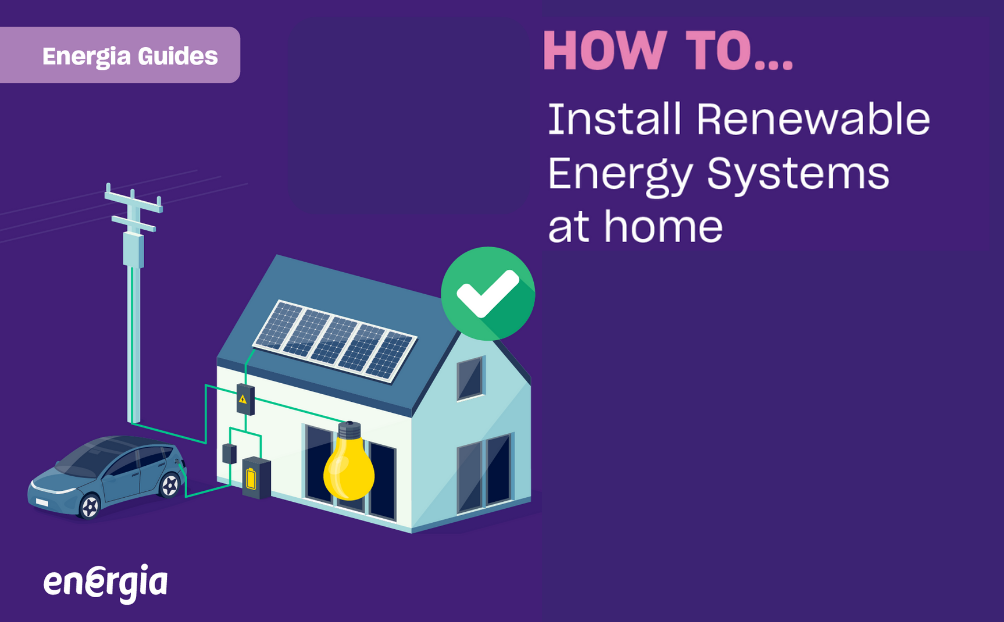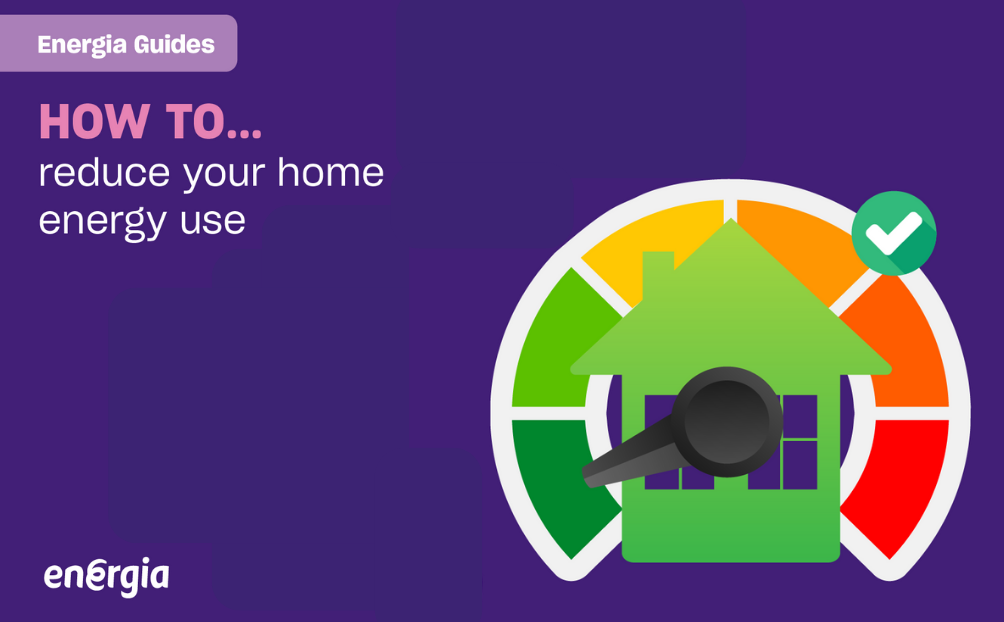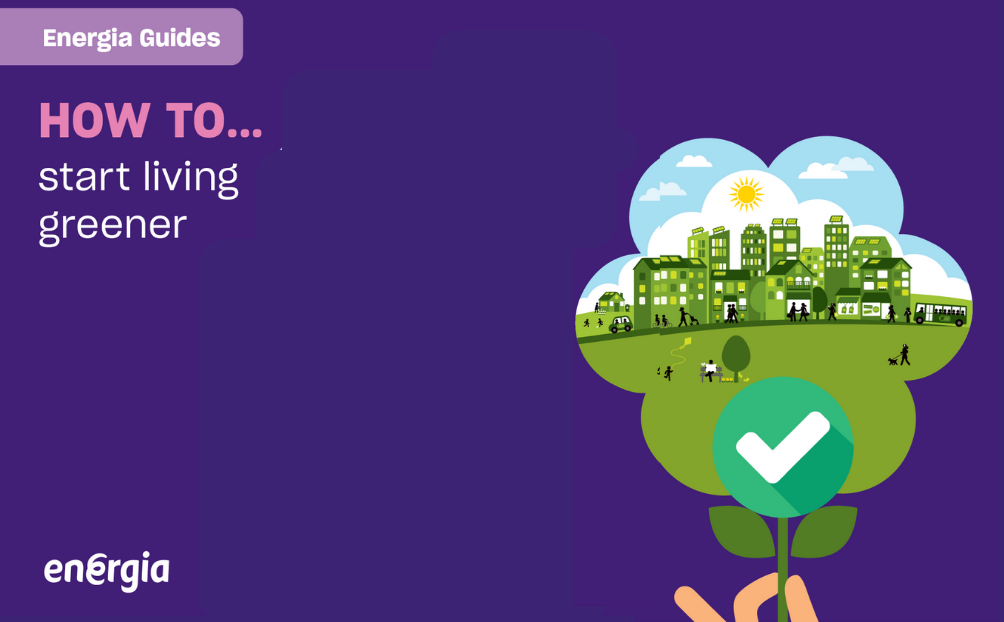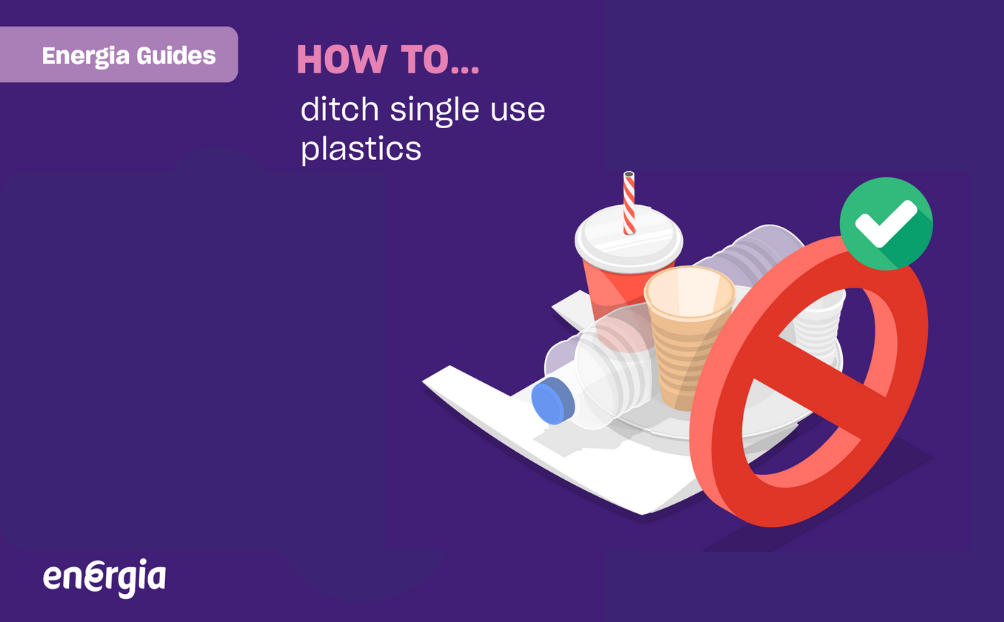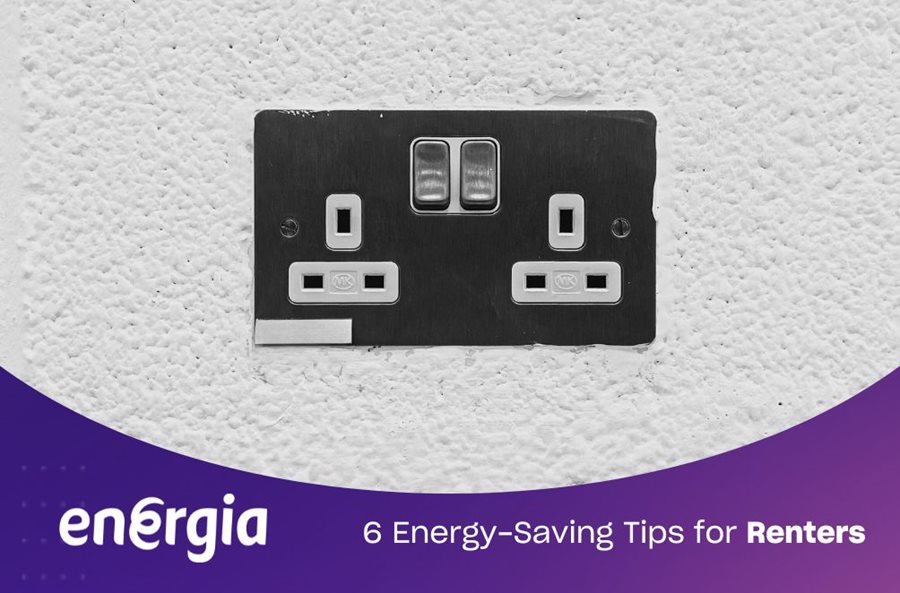JANUARY 15 2024
How to install renewable energy systems in your home
Uncover the simplest and most effective ways to incorporate renewable energy systems into your house for a sustainable and environmentally responsible living space.
Full Story
